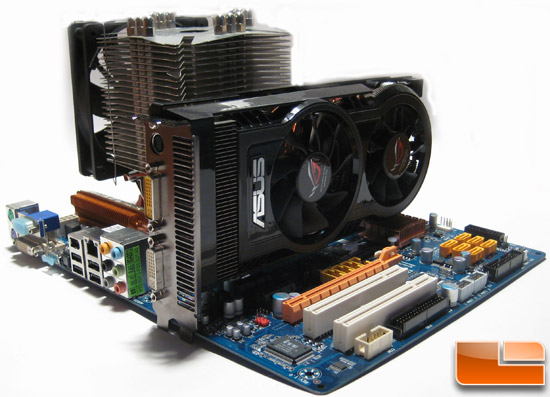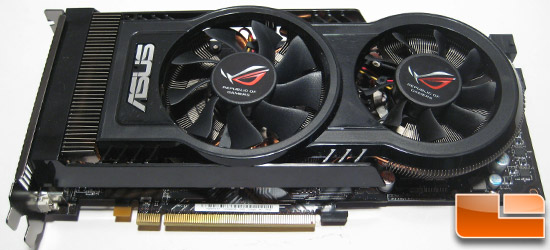ASUS EAH4870 Matrix 512MB Video Card Review
Conclusion

In the months since the HD4870 launched, Nvidia has increased performance through driver optimizations and released slightly stronger cores for its GTX260. Due to these improvements, the Asus Matrix HD4870 no longer scores an easy victory, and in fact gets pushed around a bit through all the tests. Comparing price between these two cards, the XFX GTX260 216SP Black Edition comes with FarCry 2 and can be found for $249.99 at Newegg.com and TigerDirect.com after a $20 rebate. This makes the NVIDIA GeForce GTX 260 Core 216 exactly $10 cheaper than the ASUS EAH4870MATRIX/512MD5 as it sells for $259.99 after a $20 rebate from Newegg.com. The retail version of the ASUS EAH4870MATRIX/512MD5 video card does come with a full copy of World of Warcraft, so you also get a game with the purchase of this product.
The Asus Matrix HD4870 more or less would hold its own against a stock-clocked GTX260, but with most GTX260’s selling with 600MHz+ core overclocks from the factory, that comparison would have made no sense. In the end it takes a ~15% overclock on the HD 4870 to make up for the performance gap. Thankfully, Asus gives you the power to perform this overclock, and rather easily.

I rather like what Asus has done with the otherwise bland HD4870, and even though it is outperformed by the competition at the same price-point, I feel the HD4870 has more potential for the average consumer. When I overclocked the GTX260, I wasn’t able to adjust core voltage so I was more or less hoping the card wouldn’t artifact noticeably while gaming. With the Asus Matrix HD4870, you can insure stability by increasing voltages and monitoring temperatures to keep everything in check.
It is a tough call to make, but putting my personal overclocking desires aside, it isn’t a fast and hard sell with this card. To reach the performance of the competition requires an overclock the average consumer may not be comfortable performing. If the card were priced $26 (10%) lower then I’d wholeheartedly endorse it, but as it stands for the plug-and-play consumer you may want to look to a different card. In the end this card desperately needs 1GB of GDDR5 to be competitive at high resolutions, where it belongs.
Legit Bottom Line: The Asus Matrix HD4870 may be an overclocker’s dream, but the average consumer may find it a bit underpowered due to the frame buffer size.

Comments are closed.